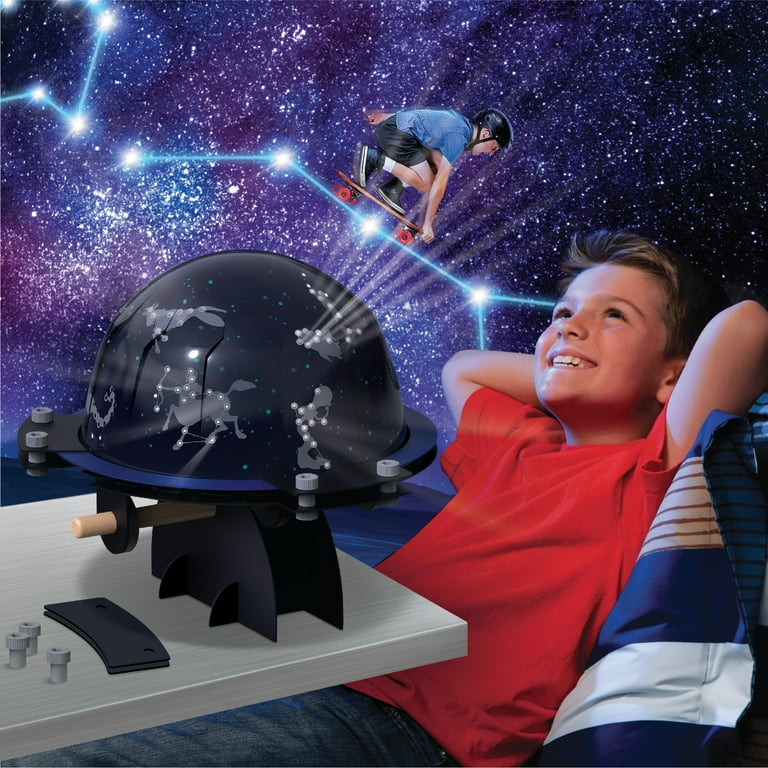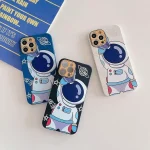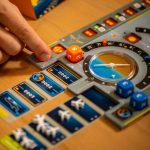Creating a planetarium at home is a fun and educational project that brings the beauty of the cosmos right into your living room. Whether you’re planning a family night under the stars, a science-themed party, or simply want to immerse yourself in the night sky, a DIY planetarium is a brilliant way to experience astronomy indoors.
Why Build a DIY Planetarium?
- Educational: Learn constellations, celestial motion, and planetary positions.
- Entertaining: Great for kids, teens, and adults alike.
- Creative: Customize your own starry sky or solar system.
- Budget-Friendly: No need for expensive equipment or tickets.
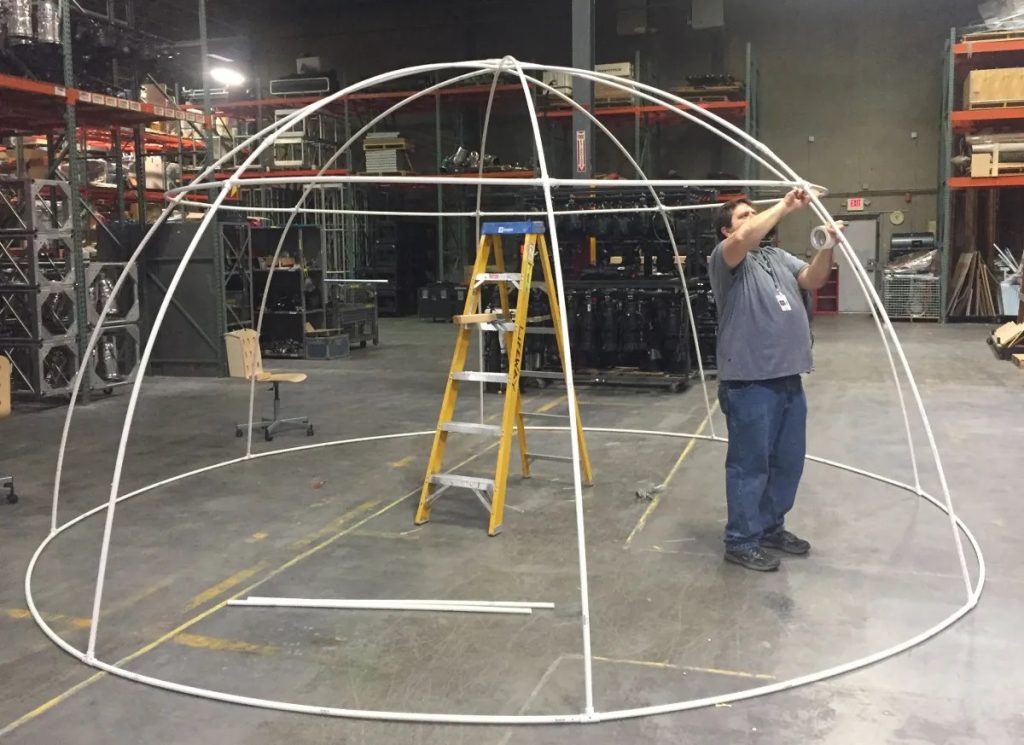
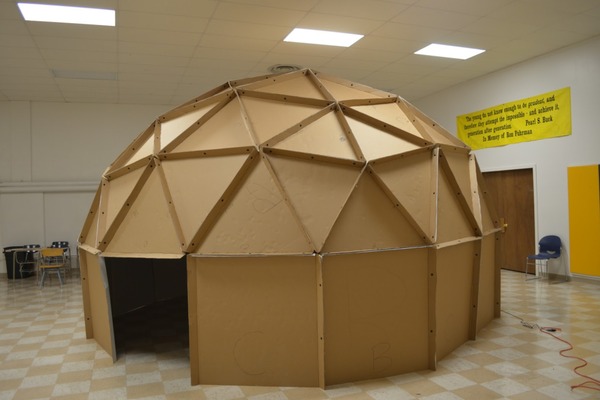
Materials You’ll Need
Here are the basics to get started:
- A dark room (preferably with blackout curtains or minimal light)
- Projector (home planetarium projector or smartphone-compatible version)
- Star map or constellation app (like SkySafari or Stellarium)
- Black paper or cardboard (if creating your own dome or night sky)
- LED lights or glow-in-the-dark stickers (for static star displays)
- Optional: a dome tent, bed canopy, or inflatable projector dome
DIY Planetarium Methods
1. Using a Star Projector
- Buy a small star projector (available from brands like Homestar, Sega Toys, or Galaxy Projector).
- Place it in the center of a dark room.
- Use apps to align projections with real-time star positions.
- Great for rotating night sky simulations.
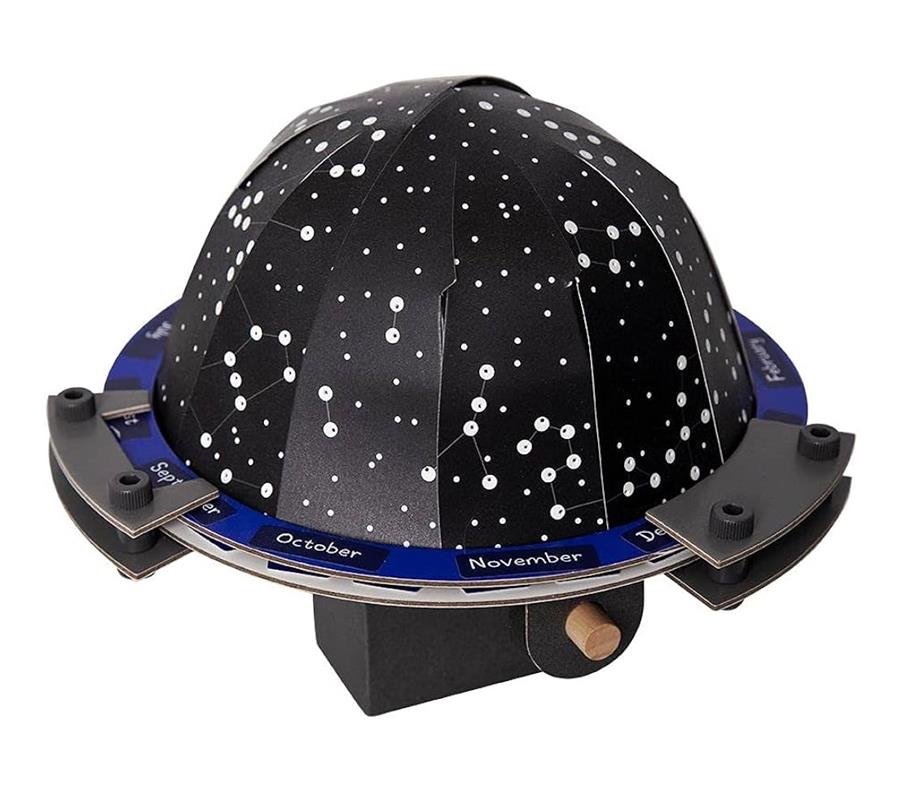

2. Smartphone & DIY Lens
- Use a planetarium app with a lens attachment that projects your phone screen.
- Build a pinhole projector using black cardboard and a flashlight.
- Display constellations by punching holes in constellation patterns.
3. Ceiling Constellations
- Attach glow-in-the-dark stars or constellation stickers to the ceiling.
- Use a real star map for accurate placement.
- Create a soft ambient light to mimic space ambiance.
4. Build a Mini Dome
- Use a tent, umbrella, or canopy to create a dome effect.
- Line the interior with dark fabric or black cardboard.
- Project your stars or planets onto the dome surface for immersion.
Enhance the Experience
- Audio Add-ons: Play ambient space music or NASA mission recordings.
- Thematic Decor: Add models of the solar system, posters, or space plush toys.
- Interactive Learning: Include quizzes, telescope demos, or star-finding challenges.
- Planetarium Show Scripts: Narrate stories about the stars and planets like a real astronomer.
Ideal for:
- Family bonding nights
- Educational homeschool activities
- Science birthday parties
- Astronomy clubs and STEM outreach
Conclusion
A DIY planetarium is a creative way to inspire curiosity about the universe from the comfort of your home. With a few tools and a little imagination, you can explore the cosmos without ever stepping outside. Whether you’re stargazing indoors or sharing celestial stories, your homemade planetarium will be an unforgettable experience.
